Food Week: A French Chef Talks Wild Game
Wednesday, November 23rd, 2016This is Passport to Texas
If you watch PBS television cooking shows, you’ve probably seen this man:
My name is Jacques Pepin.
80-year-old Jacques Pepin is a classically trained French chef, author, and PBS cooking show host. He says in his youth, most of the meat he ate came from wild game.
We follow the season, and the season in the fall in France we have the rabbit and the pheasant and the stuff. You go to market and see the game hanging.
Jacques Pepin’s final PBS series is Heart & Soul. Before that, it was Essential Pepin. Like all his shows, Essential Pepin included a companion book and DVD that was going to include how to skin a rabbit after harvest.
But the skinning of the rabbit, they have removed it already so you’re not going to see it. And I knew it. They got berserk when they saw it. They said, “Oh my God!” Well, it’s good to get closer to Mother Nature and to realize where your food comes from.
It may seem gruesome, but the alternative, says Chef Pepin, is what we have now: generations of people who only recognize food if it’s in neatly cut pieces and wrapped in plastic.
I mean, this is pretty scary when you think of it.
Sign up for the Hunt Texas e-newsletter on the Texas Parks and Wildlife website, and learn about hunting for your next meal.
For Texas Parks and Wildlife I’m Cecilia Nasti.
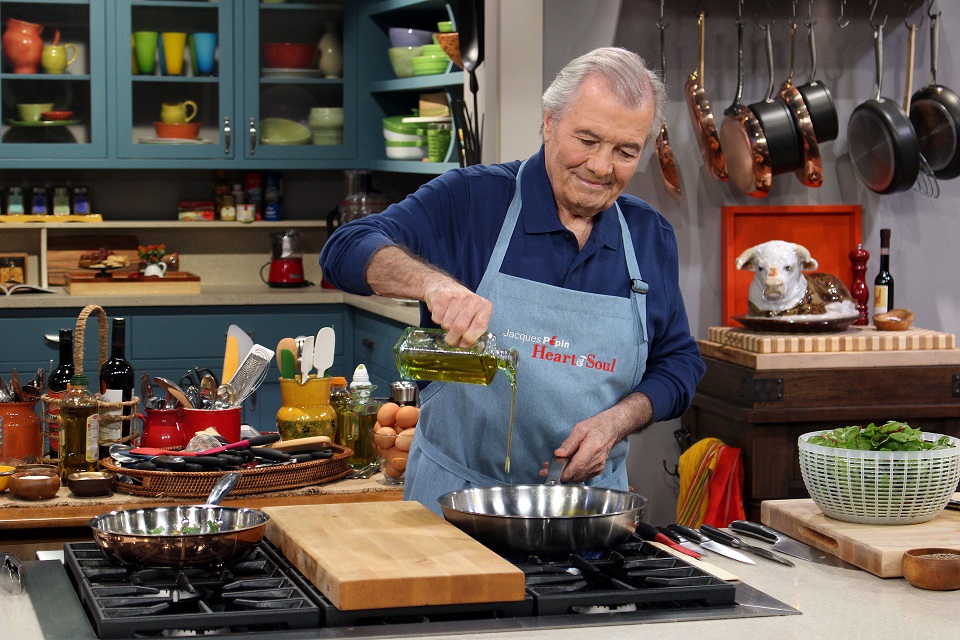

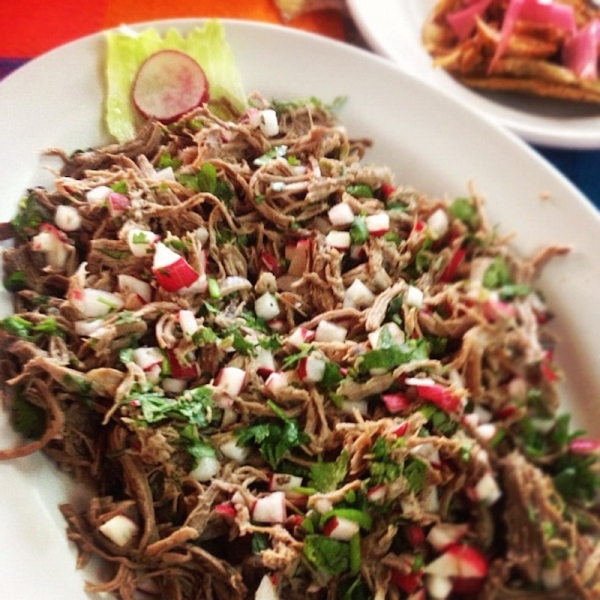
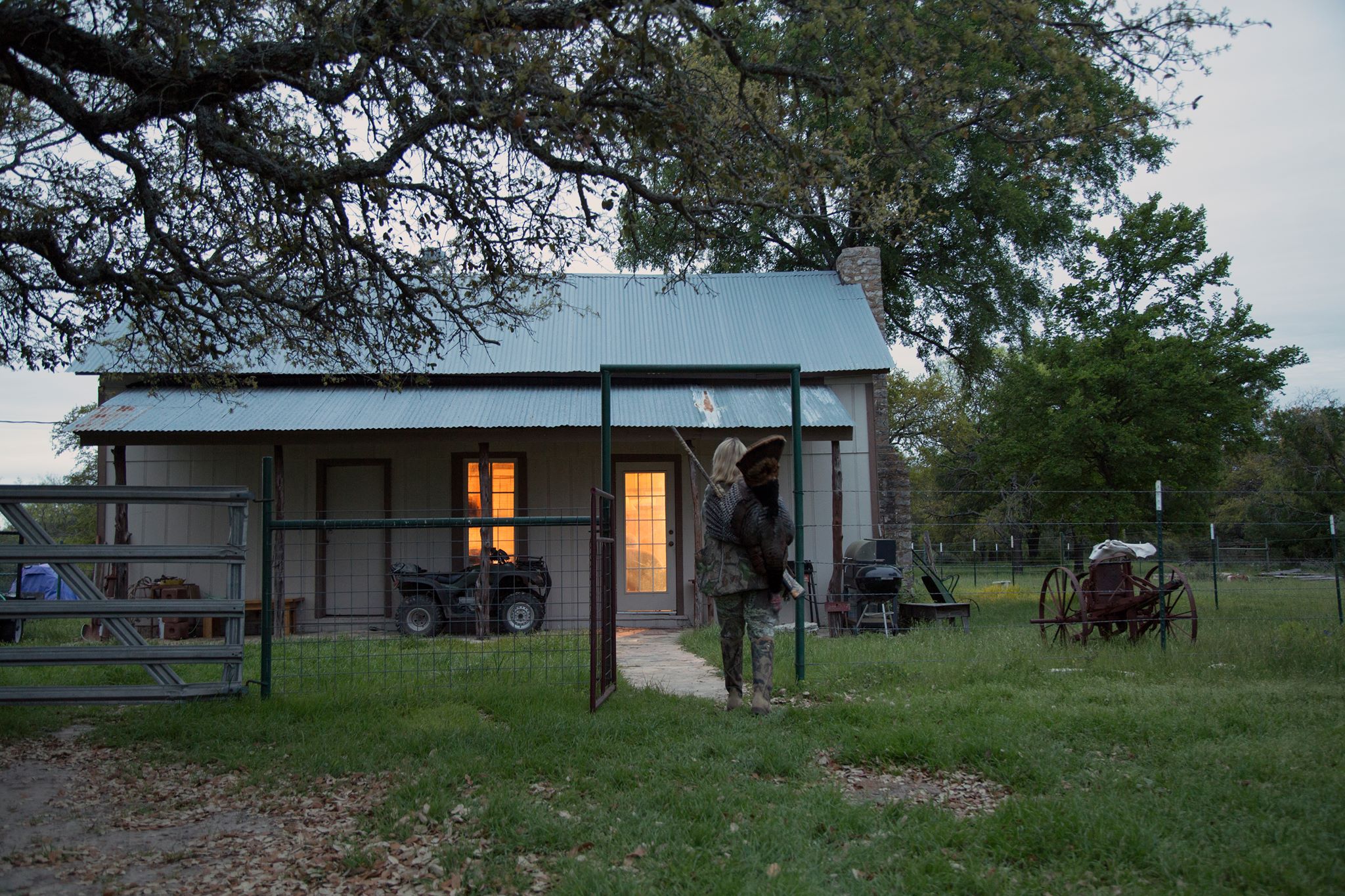
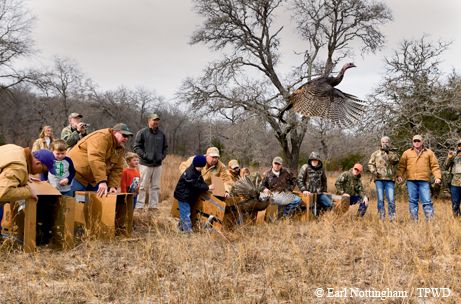
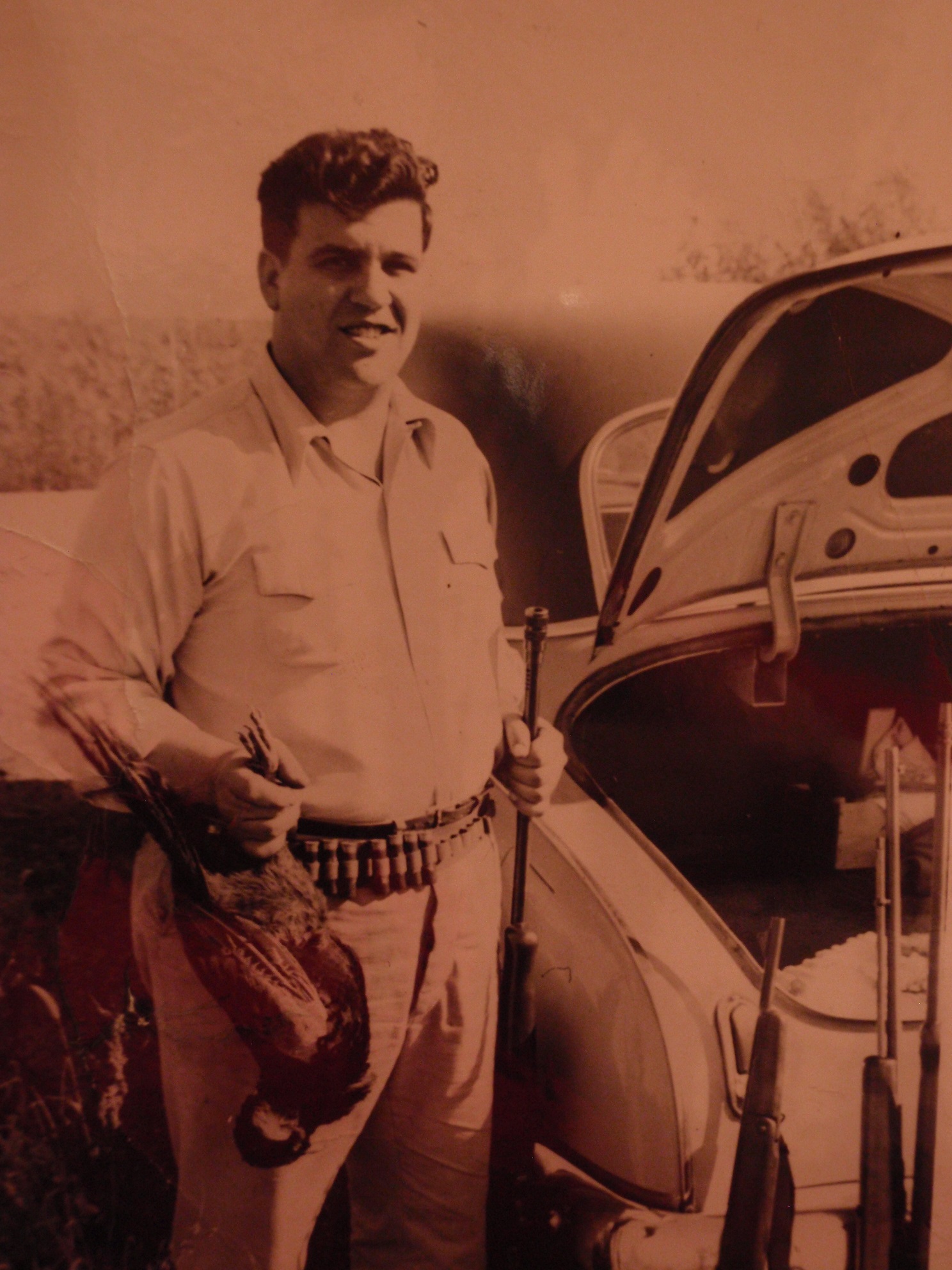

 Passport to Texas is a
Passport to Texas is a  Passport to Texas is made available by:
Passport to Texas is made available by: